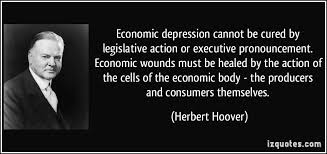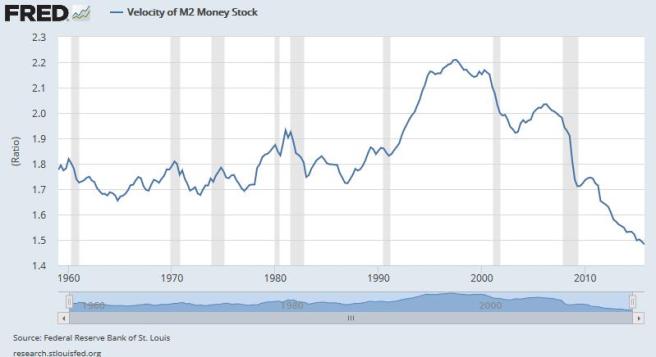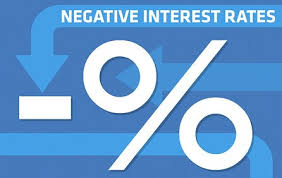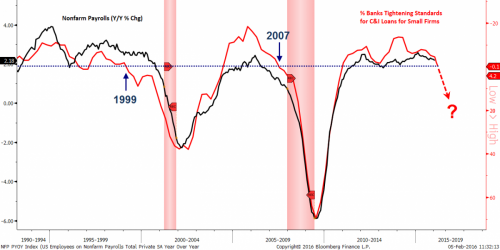I don’t often take other free market economists to task for a lack of intellectual rigor, but that’s exactly my plan today.
You see, it’s tax season and that always brings rumblings about how many Americans actually pay taxes versus the number of freeloaders who are content to let others do the heavy lifting of supporting our fat, stupid, and lazy Uncle Sam.
In a recent article, libertarian economist, Ryan McMaken, takes issue with a Tax Policy Center report indicating that roughly 45% of Americans pay no income tax. McMaken claims the statement is “obviously” untrue.
His evidence for the inaccuracy of the report is his insistence that 73.1% of all Americans pay either an income tax, payroll tax (FICA), or some combination of the two. Unfortunately, McMaken is guilty of missing the trees for the forest.
While it is true that FICA taxes are no different from any other general revenue of the government and are used to fund government operations, it is a mistake to assume that just because a person pays into FICA they are technically taxpayers.
Here’s why…
In the United States, there are two entities: taxpayers and tax consumers. You can’t be both. Either you pay taxes or you don’t. There’s no middle ground.
Now, before we go deep enough to piss off all the country’s slackers, let’s define some economic terms. In economics, we must distinguish between things that are real and things that “appear” to be real.
Real things are called, you guessed it, real – as in “real GDP.” Things that “appear” to be real are called “nominal.” Thus it isn’t uncommon to hear economists talk about the difference in nominal GDP numbers versus real GDP numbers.
What’s the difference?
Real numbers have a real value. For example, when Barack Obama gets word that nominal GDP grew by 3% at some particular time – he gets excited and claims his programs are working great. That is… until an economist wakes him up to the reality that inflation over that same time was 2%. That means the real GDP was just 1% – and even a Harvard Law grad could understand that’s a terrible number.
The same idea works in your investments, too. If you earn a 10% return on an investment and inflation for the year is 3%, your ‘real’ rate of return is actually 7%. Real numbers matter.
Now, in examining taxes, economists do something similar. That is, we distinguish between real taxes and nominal taxes. Real taxes are real revenues paid to the government. Nominal taxes are taxes that appear to be real, but are, in fact, not real.
Let’s take a closer look…
Let’s say you’re an FBI agent making $75,000/year in salary. For this illustration, we’ll ignore the impact of any employee benefits or state income taxes.
Depending on the number of exemptions claimed by the employee, an FBI agent should expect to pay approximately $13,238 in taxes to the federal government. This includes an effective income tax rate of about 10% and another $5,738 in FICA taxes. In McMaken’s eyes, the FBI agent is a bona fide taxpayer.
Only he isn’t…
You see, the FBI agent’s salary actually cost the government nearly $81,000 (including FICA taxes). In return, the government is ‘refunded’ just over $13,000 as a tax over-payment (nominal taxes). This means the FBI agent consumed roughly $68,000 ($81,000 – $13,000 = $68,000) of the nation’s wealth.
Now, because the government received no new revenues from the FBI agent, the agent cannot be considered a taxpayer. In pure economic terms, the FBI agent is equivalent to a freeloader (that should get me some hate mail).
Unfortunately, it’s not just government employees who don’t pay real taxes, either.
Any person in the United States who gets more money from the government than they pay to the government is a tax consumer – not a taxpayer. In short, they contribute nothing to the operation of the government, while often demanding ever-increasing benefits from those actually paying the nation’s bills.
At the end of the day, no nation can long continue whereby half the population lives at the expense of the other half. But don’t expect to see changes anytime soon, regardless of which party is elected in November. Both parties benefit from maintaining the immorality of the status quo, and nothing short of bankruptcy will ever change that.
Not even the hopeful writing of a libertarian economist.








